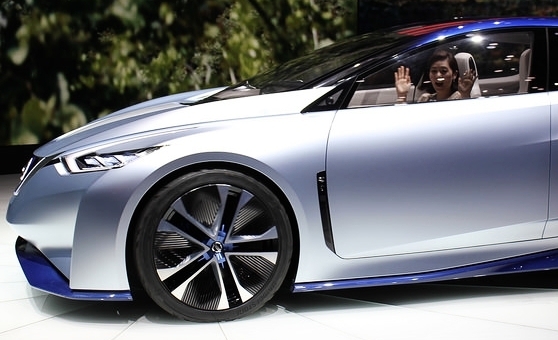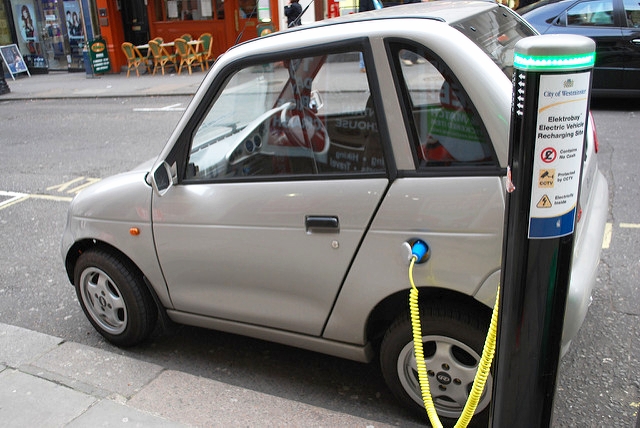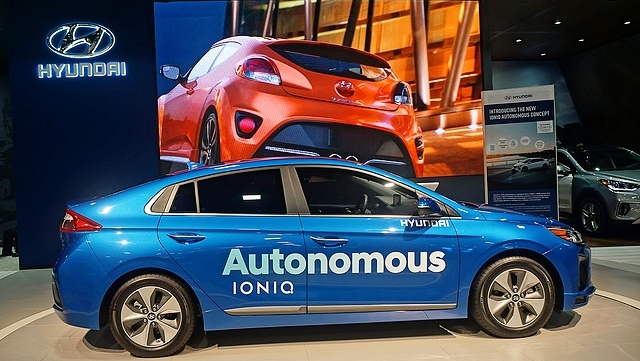The Detroit Free Press reported that traffic accident deaths have decreased last year after a 2-year spike in deaths. They do caution however, that it's not time for celebration just yet. The National Safety Council (NSC) estimated that 40,100 people were killed in traffic crashes in 2017, which is down just under 1% from the 2016 total of 40,327. The NSC also said that it’s too early to tell if the decline in traffic deaths will continue to decrease, because the previous two years saw spikes in traffic accident deaths. Between 2014 and 2015, traffic accidents increased by 7%, making it the steepest increase in fatalities in the last 50 years. Before 2016, yearly traffic deaths had not yet reached 40,000. So, why the sudden increase in traffic deaths?
Forbes.com reported that 2009-2012 were the worst 5 years of the US economy since the Great Depression. In December of 2012, the number of people employed declined by 3 million people. That means that between those 5 years, 3 million fewer people were working and fewer people were driving on the roads to and from work. Having fewer people driving on the road caused the number of traffic deaths to decrease to the lowest deaths per year. Supporting this is NSC data which shows that the lowest traffic accident deaths per year occurred in 2011 with 32,000 deaths.
Following 2012, the economy started to get better and more people were employed. While a rise in employment is great news for the economy and the employed individuals, more people began driving more miles, which caused the spike in traffic accident deaths. As the economy recovered people began driving more often by going out on weekends, driving down unfamiliar roads, and driving longer distances, and while driving engaged in distracted driving behaviors.
The recovering economy explains why there are more people on the roads, which also explains the increase in traffic deaths. The more people driving the more risk of car accidents. So what is the explanation for distracted driving being a factor in traffic deaths? Fortune.com called distracted driving a new “epidemic.” One cause for the distracted driving epidemic is cell phones. Fortune mentions that in a survey of 2,300 people about their driving habits, 56% of people admitted to using their cell phones while driving. They also reported that for every 11 miles driven, the average person is on their phone for 0.4 miles of the drive. It doesn’t seem like a lot of distance or that it could be very dangerous, but using a cell phone while driving is dangerous. Looking away from the road for any amount of time may lead to a distracted driving car accident.
Touch screens inside car interiors are also a new driving distraction. A majority of new cars come with a touch screens instead of button and knobs. While the touch screen is a technological upgrade, it also requires users to look at the screen to select options, which makes it a big distraction. Although volume knobs and scanner buttons are also encourage distracted driving among other driving problems, they are a lesser evil because many people can reach out for these button without looking away from the road. In cases of a touch screen though, it's always safer to have passengers change settings in the car or to use voice activated commands, if a newer car has them. And if a vehicle has voice commands, it likely has Bluetooth, which helps avoid having to use cell phones to text or make calls, while driving. So, there are some new car technologies can prevent drivers from getting into distracted driving car crashes. Hopefully, these advancements along with a hopefully healthy economy will allow 2018 to continue the decline in traffic deaths!
As much as everyone loves staying home and ordering everything they need on Amazon with 2 day shipping, we can't avoid driving because of the risk of getting in a car accident. Instead, we should do our best to minimize the risk of car accidents by not engaging in distracted driving behaviors like using cell phones while driving. If you or someone you know has been involved in a car accident, call The Michigan Law Firm, PC to speak to an experienced car accident attorney. For a free legal consulataion, dial 844.4MI.FIRM.






















